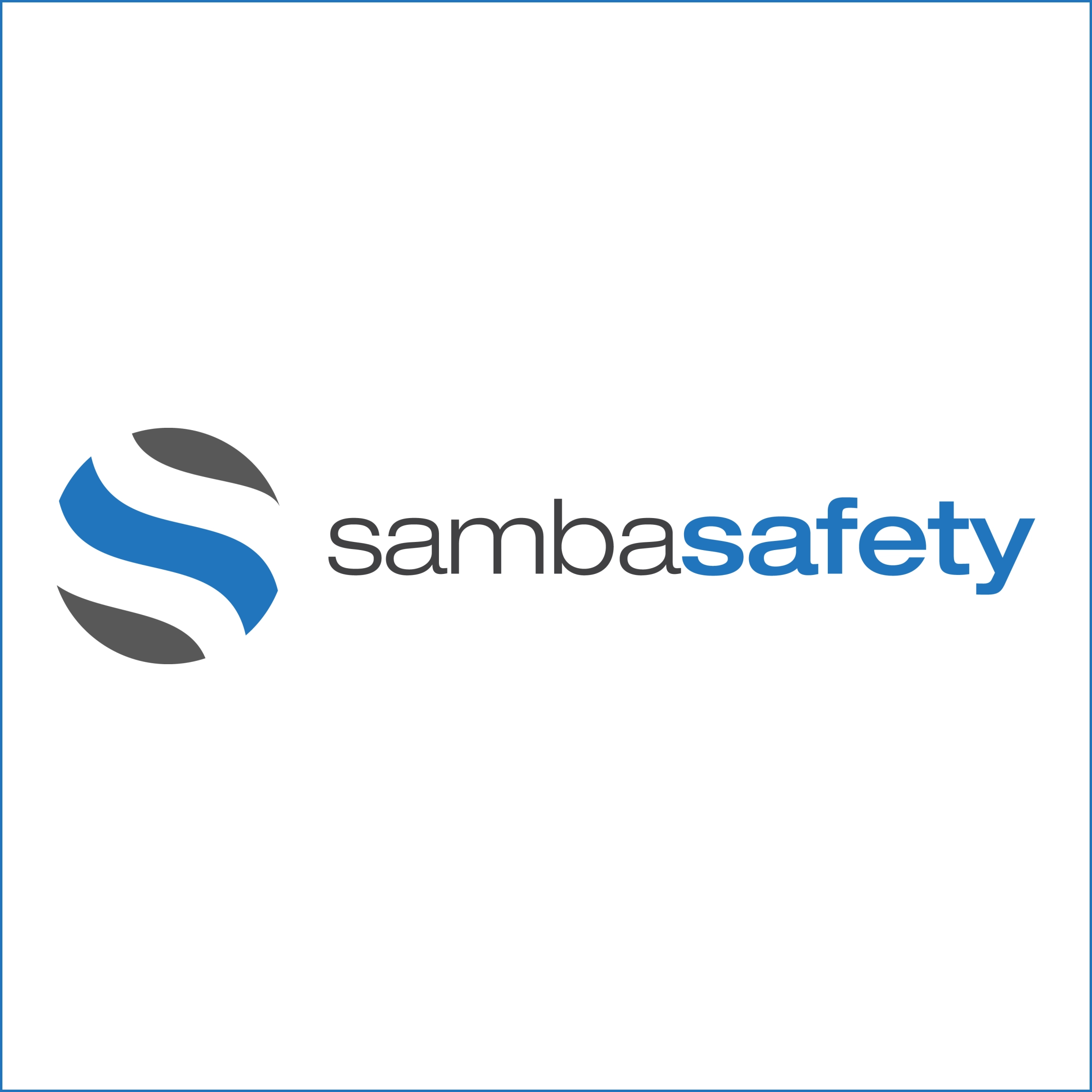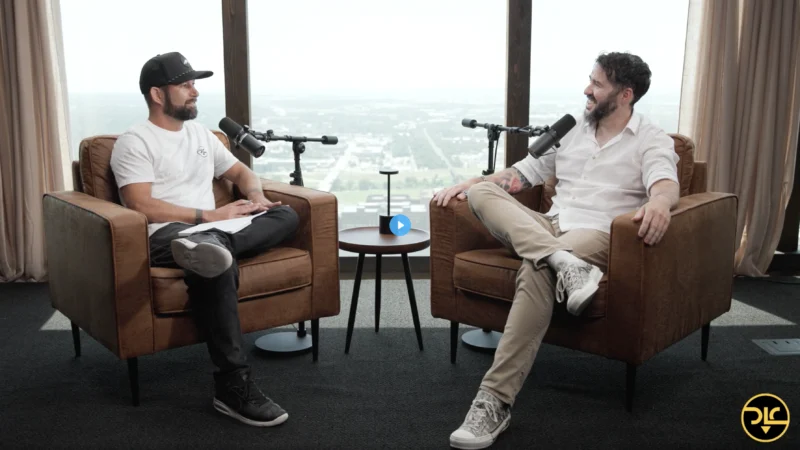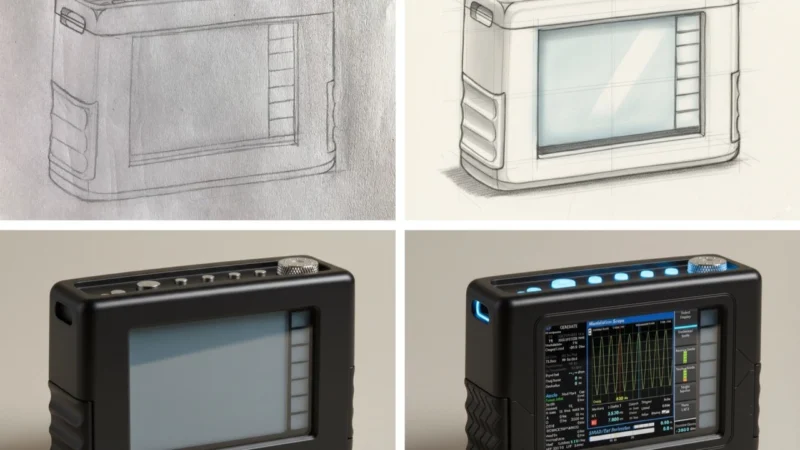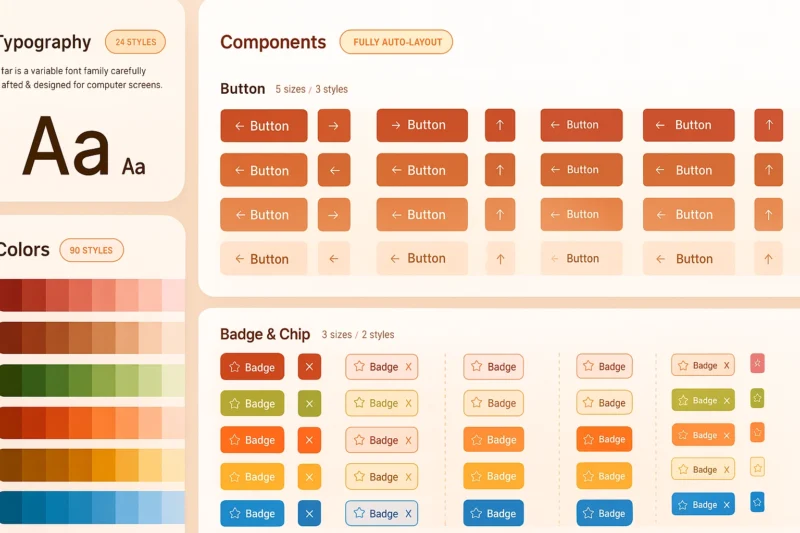Focusing on Controllable Risks in the Face of COVID-19
On this episode of The Blind Spot, a SambaSafety podcast, host Tyler Kern and SambaSafety CMO, Eric Waldinger talks about controllable risks in the Face of COVID-19. He addressed the COVID-19 pandemic, its implications, and the measures SambaSafety is taking to do its part during this uncertain time.
Waldinger said that many of SambaSafety’s customers in the transportation, grocery, and other “front-line” industries are working diligently to help the nation and world respond to this pandemic and that SambaSafety wanted to extend its gratitude and support to each of those customers in any way that it can.
Waldinger also highlighted the company’s efforts to help not only these customers, but all of its clients manage the level of uncontrolled risk that’s been brought on by this nearly unprecedented disruption.
“First and foremost, let’s pause. Let’s identify that we’re in a very different environment – there is no playbook for what’s happening right now,” he said. “So, we’re watching organizations adapt faster than ever.”
That adaptation has been boosted by the state of modern technology, and, even in times like these, two things remain true – drivers will be on the road, and they will pose risk.
To that end, SambaSafety remains committed to helping its customers with controllable risks, empowering them to be confident in adapting to new risks being posed.
Kern and Waldinger also touched on the hectic state of insurance in the wake of the spread of coronavirus, methods to optimize budgets as the world recovers from this pandemic, and how SambaSafety can attempt to ease that burden.




